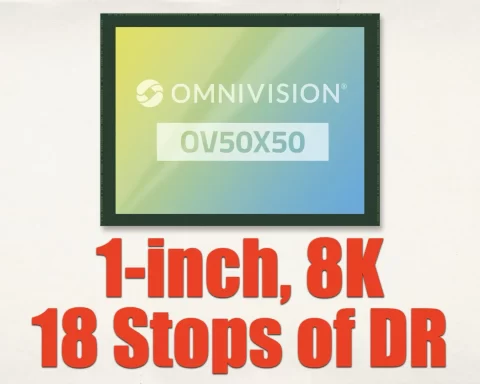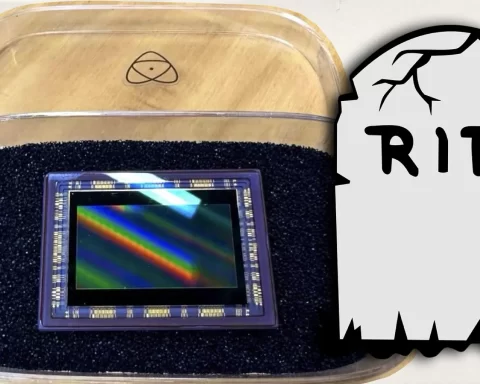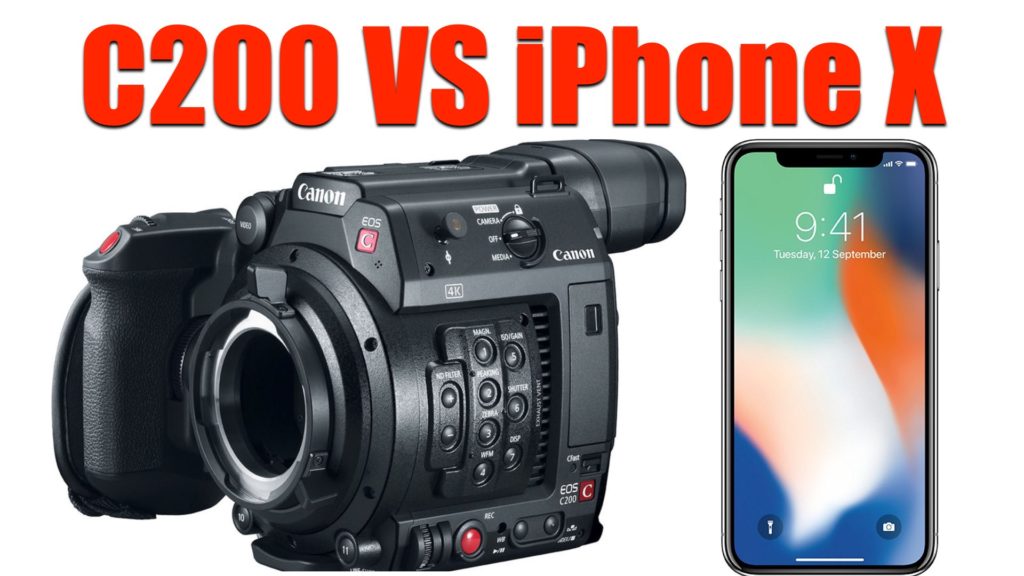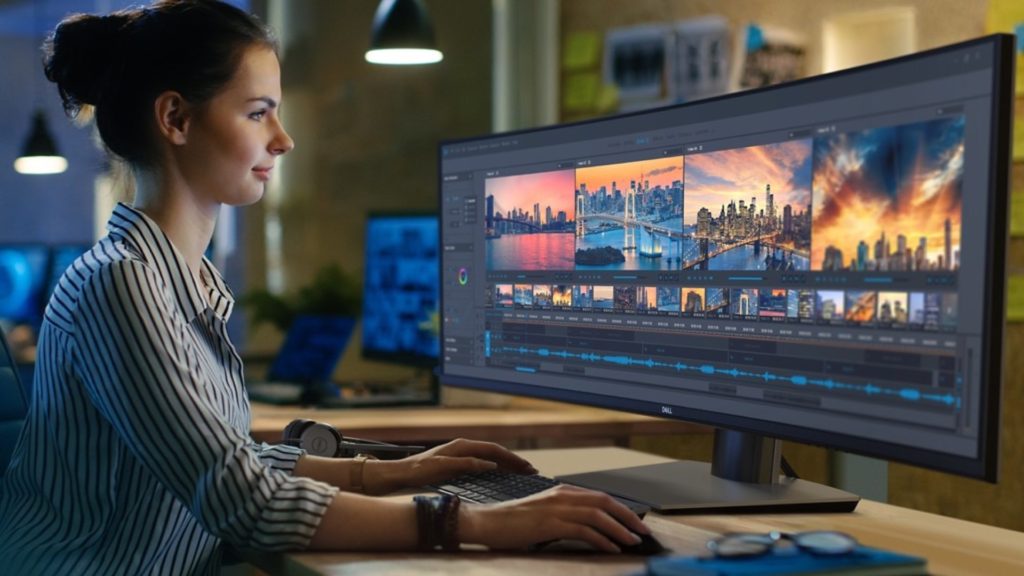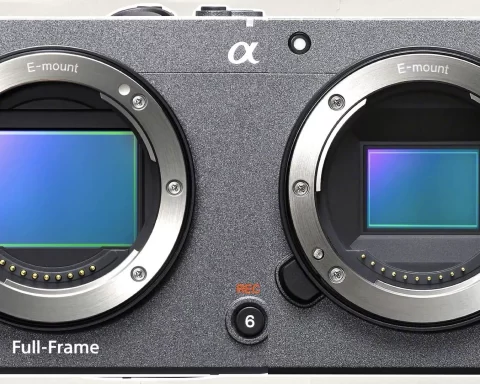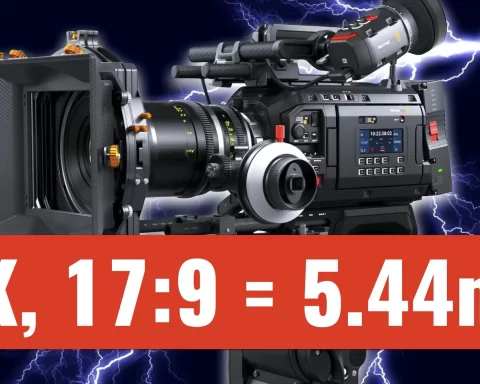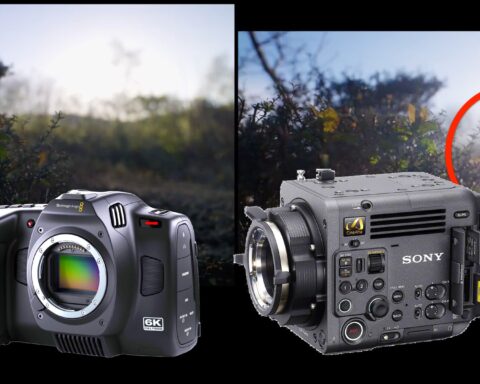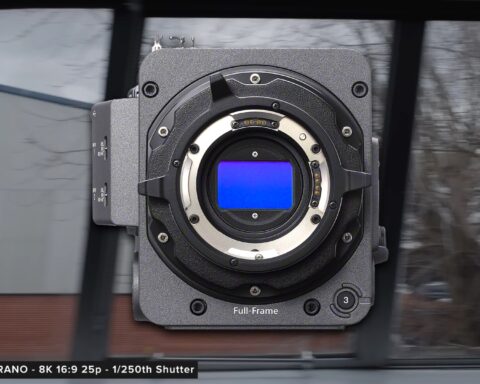There are numerous videos out there aiming to compare between RED and ARRI. Well, this video is in my opinion the best. It’s short, effective and deals with the most relevant sections relevant for filmmakers who are engaged in the permanent conflict: what camera to choose. Read the main topics and insights that are taken from the video above and decide for yourself.
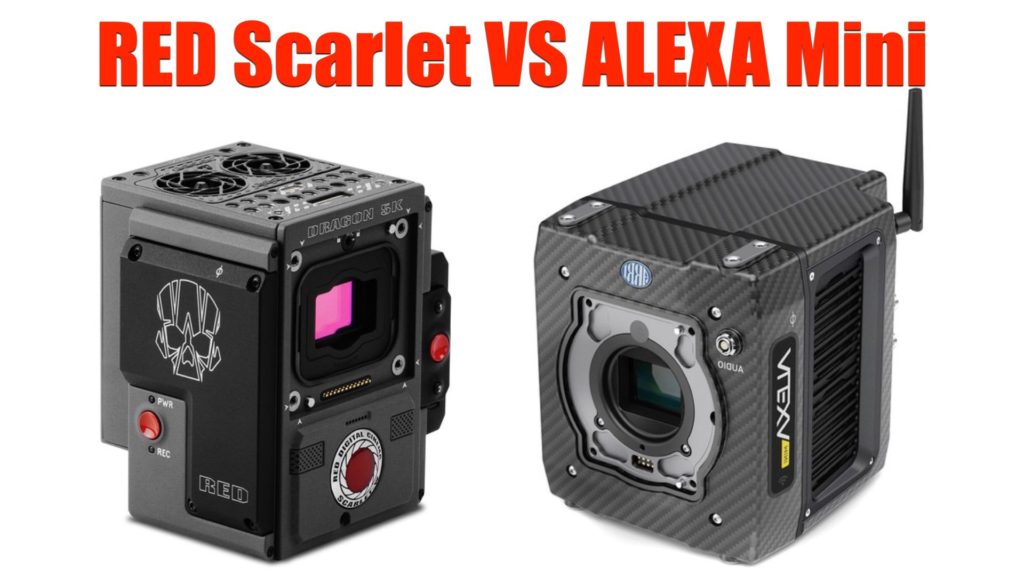
First of all, I am not going to write about picture quality comparison. There is no way to distinguish between those two because it’s not relevant nor effective due to the YouTube compression. Trying to compare image quality between cinema cameras on YouTube, is a big no-no. That’s why I am going to refer the “scientific” data and insights from the video, that are sensor, user experience, codecs, reliability and price
Image characteristics
Generally speaking, The RED has more contrast when shooting on low light environments (or shooting in the night with urban lighting). The look of the ARRI is flatter. But it’s not a factor since in the grading process we can change all of that, since both cameras produce grade-friendly shots.
ALEXA Mini and RED displays: RED wins
According to the video, ALEXA Mini OLED viewfinder (which costs $7500!) is not good to say the least. The viewfinder is sharp, but the LCD screen looks cheap. Taking into consideration the insane price, it’s a fail. According to the video, this viewfinder is TERRIBLE compare to what you should get for $7500.
RED has its own displays which are pretty good but not usable outdoor when sunlight hits directly on screen. In that case you won’t be able to see everything clearly and the ability to pull focus will be impaired. Also, in my opinion there is some engineering glitch. The RED display can clash with the top handle in some cases and I know some operators that their displays have broken because of the handle.
Cropping: ARRI wins
On RED, If you don’t shoot at full resolution, you won’t utilize the full sensor which leads to coped image. Furthermore, in order to shoot slow motion you will have to get the resolution down, that means, cropped image. Higher frame rate links to lower resolution. Why is it a big deal? Because you will not utilize the whole sensor, but a small portion of it. That phenomena causes to low image quality and reduced low light capabilities.
On ALEXA on the other hand, there is much more smaller dose of crop factor when shooting in lower resolution, means you still bring into play the most of the sensor.
User experience (learning curve): ARRI wins
The ALEXA is known for its simplicity and straightforward functionality. RED is more complex in term of UI (User Interface). The learning curve of the ALEXA is much more steep. The ALEXA Mini menu is pretty much similar to DSLR’s menu and very intuitive, so you can figure out your way quickly. I personally must say that shooting with RED require some experience with the menu, but after one shoot you will know what to do… I mean: It’s not rocket science, and thus not intimidating as it sounds. You just have to know image pipeline, color profiles, optimum compression ratio for your project, which is really not a big deal. Once you shoot a day with a RED, you will know all that.
Codecs: RED wins
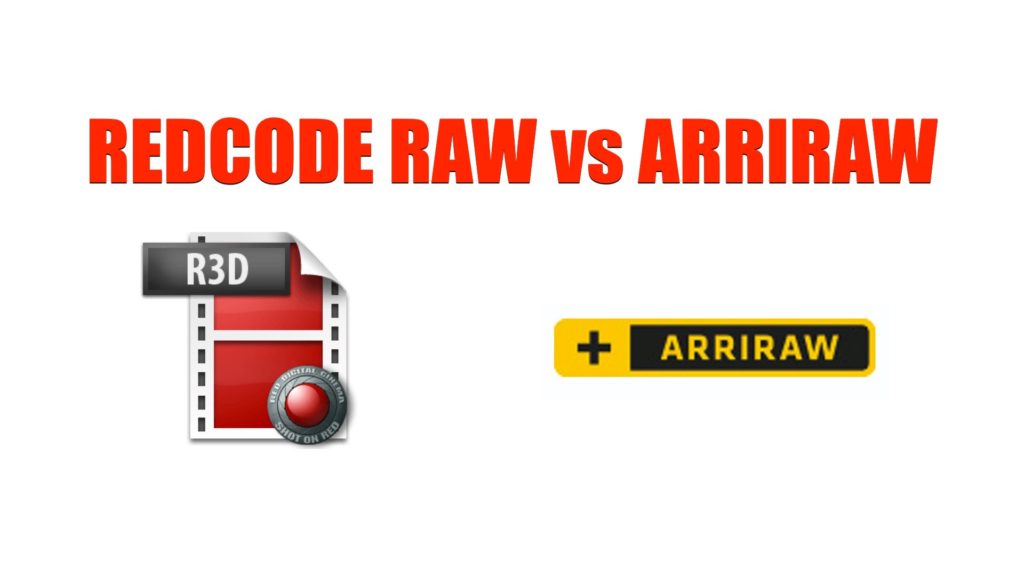
RED owns one of the best codecs out there. The REDCODE RAW (R3D) is an extremely advanced codec. The REDCODE RAW grants you maximum flexibility in post. First, it’s a RAW so you can change all parameters (ISO, white balance and so on) and moreover, NLEs are familiar with R3D so you can edit RAW natively. We have written before an article about the characteristic of the REDCODE RAW.
ARRI owns the all mighty ARRIRAW , but the majority of ARRI shooters shoot ProRes 4444 which is also recognized very well by NLEs. This codec is very edit-friendly and looks amazing as well. The ProRes from ARRI camera is very satisfying and it’s more than enough for most applications. The flat picture profile which is familiar with the ARRi RAW (Log C) looks flat and grants colorist a lot of freedom in post, almost like RAW.
Reliability: ARRI wins
ARRI is bullet proof. The ARRI cameras are known for their robustness and reliability. RED on the other hand, has some issues with those factors. You must check out the video below which demonstrates some of the RED cameras reliability issues. Many productions use a bunch of RED cameras as a backups just in case of malfunctions.
Watch the video below:
ARRI from the other hand, seems to have almost zero malfunction rate. Like we wrote before: a bullet proof tank camera with maximum reliability and durability.
Price: RED wins
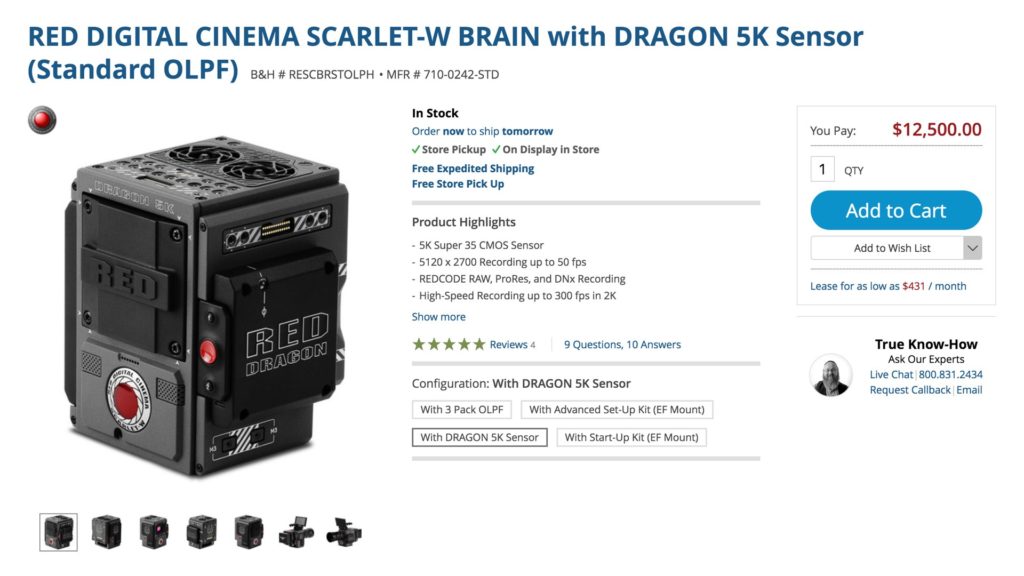
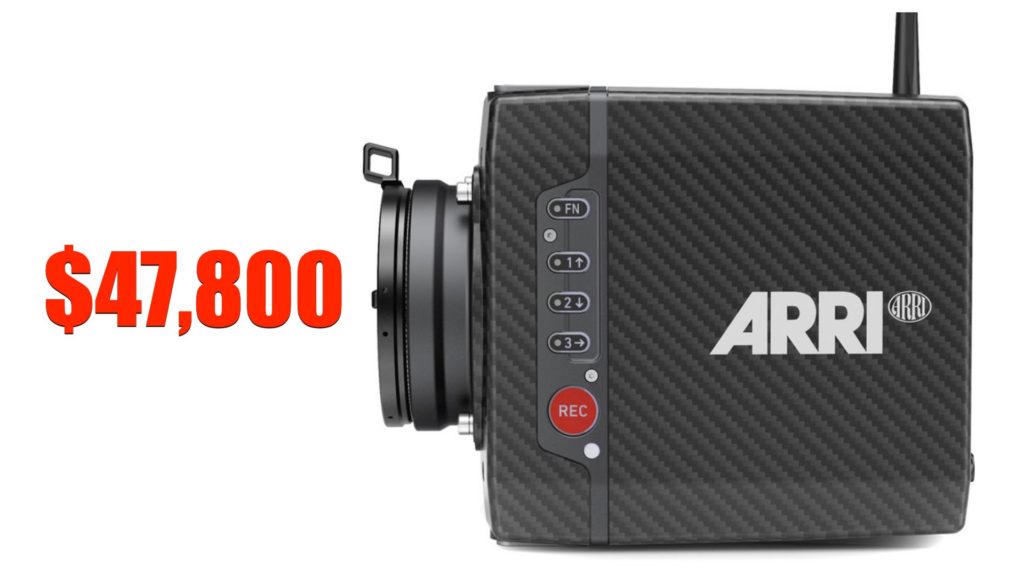
The comparison on this video was between RED Scarlet and ALEXA Mini since they both are consider entry level cameras (when referring about the RED and ALEXA lineups).
Generally speaking, the ALEXA Mini is more expensive, but there are some RED accessories that are overpriced as well (like memory cards). Also you will have to invest in some NDs + Matte Box, since RED doesn’t have an internal ND filter.
From the ALEXA Mini side, you will have to buy the Viewfinder which is totally overpriced.
Check the chart below (taken from the video) to explore the main differences regarding the price. Note that the major differences are marked so you can compare them easily.
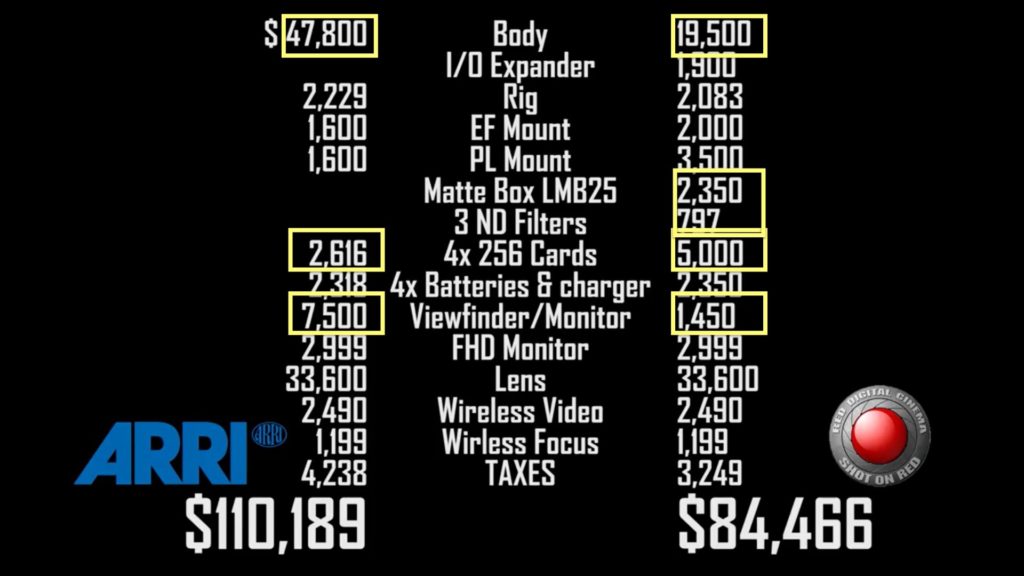
Also, take into consideration that this price comparison contains some pricy elements, like the Angenieux EZ-1 zoom lens which costs $33,600.
Final thoughts
It appears that the ALEXA Mini package is more expensive than the RED Scarlet. But(!) you get an ARRI camera and that’s more prestigious than a lower-end RED. In my opinion that comparison should include the ALEXA Mini against the RED Gemini in order to make it fair fight.
It’s an exceptional comparison though and I wish we’ll see more like this





